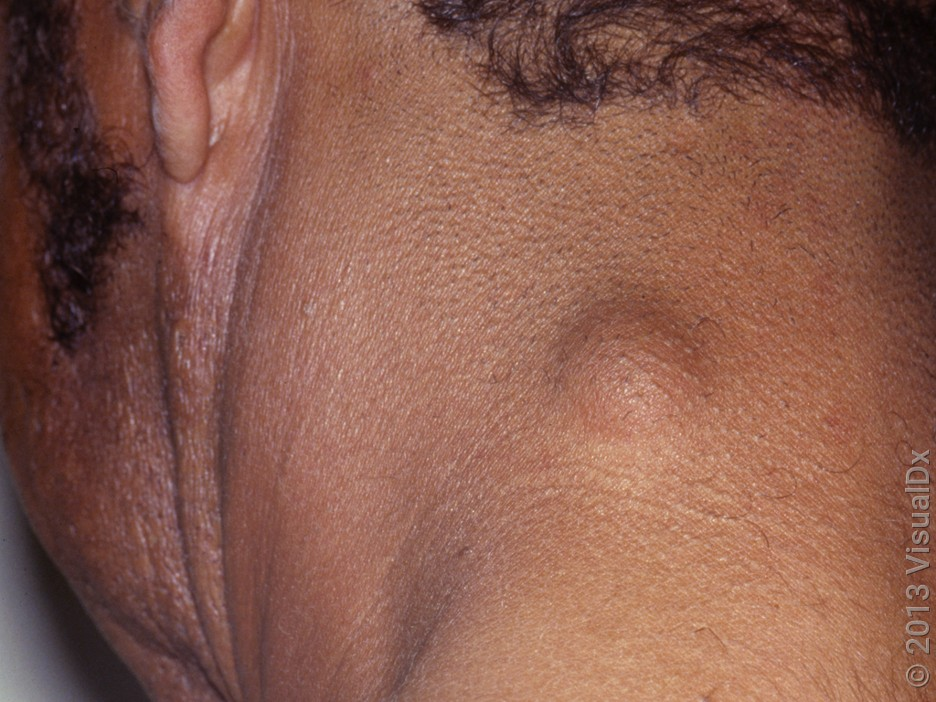- Home
- About
- Medical
- Before & After
- Cosmetic
- Ultherapy
- Keloid Treatment
- Morpheus 8
- Body Contouring Laser
- Laser for Acne Scars
- Laser for Veins
- Laser Hair Removal
- Facial Rejuvenation
- Cosmetic Mole Removal
- Microdermabrasion
- Microchanneling
- Microneedling
- PDO Threading (Non-Surgical Face Lift)
- Chemical Peels
- Dermal Fillers
- Botox
- Facial Treatments
- Dermaplaning
- IV Drip Therapy/Vitamin Shots
- NAD + IV Therapy
- Blog
- Dermatologic Surgery
- Payment Plan
- Hair
- Products
- Nurse Practitioner Externship
- Contact
- Acne Treatment
- Blackheads Removal
- Whiteheads Removal
- Allergies and Hives
- Bacterial Infection
- Cyst Removal
- Dandruff Treatment
- Folliculitis Treatment
- Fungal Infections
- Itching or Inflammation
- Itchy Scalp
- Moles or Skin Tags
- Psoriasis Treatment
- Wart Treatment
- Allergies and Hives Treatment
- Seborrheic Dermatitis Treatment
- Sebaceous Cysts Removal
- Lipoma Removal
- Allergy and Hives Testing
- DPN Treatment
HAVE A QUESTION?
Call Us Now
(770) 389-9116
Sebaceous Cyst
Sebaceous and Epidermal Inclusion Cyst Removal in Stockbridge, Georgia
Sebaceous cysts and epidermal inclusion cysts are common benign skin conditions that can develop anywhere on the body. While typically harmless, these cysts may cause discomfort, become inflamed, or present cosmetic concerns. Dr. David Bryant, a world-renowned dermatologist located in Stockbridge, Georgia, specializes in the diagnosis and removal of sebaceous cysts and epidermal inclusion cysts, providing expert treatment to restore skin health and prevent complications.
Understanding Sebaceous Cysts
A sebaceous cyst is a slow-growing, non-cancerous lump beneath the skin. These cysts develop from sebaceous glands, which produce sebum—an oily substance that lubricates the skin and hair. When these glands become blocked, a cyst filled with keratin and other debris can form. Sebaceous cysts can appear on the scalp, face, neck, back, or chest and are usually:
-
Round and smooth
-
Filled with thick, yellowish, oily material
-
Painless unless infected or inflamed
-
Mobile under the skin
What is an Epidermal Inclusion Cyst?
An epidermal inclusion cyst is similar to a sebaceous cyst but originates from epidermal cells that become trapped beneath the skin. These cysts are also filled with keratin and often appear on the face, neck, or trunk. Epidermal inclusion cysts can:
-
Be small, round, and firm
-
Have a central opening or “punctum”
-
Release a foul-smelling, cheesy substance if ruptured
-
Become red and swollen if infected
While both types of cysts are benign, they can grow over time and may require removal if they cause pain, infection, or aesthetic concerns.
Causes and Risk Factors of Sebaceous Cyst
Sebaceous and epidermal inclusion cysts can develop for several reasons, including:
-
Blocked hair follicles or sebaceous glands
-
Skin trauma or injury
-
Genetic predisposition
-
Hormonal imbalances
-
Chronic skin conditions like acne
Certain conditions, such as Gardner’s syndrome and basal cell nevus syndrome, can also increase the likelihood of developing cysts.
Diagnosis of Sebaceous and Epidermal Inclusion Cysts
Dr. David Bryant performs a thorough examination to diagnose sebaceous cyst and epidermal inclusion cysts. Diagnosis typically involves:
-
A physical exam to assess the size, texture, and appearance of the cyst
-
Imaging tests (ultrasound or MRI) in rare cases to determine the depth of the cyst
-
A biopsy if the cyst has unusual characteristics or to rule out malignancy
Sebaceous Cyst and Epidermal Inclusion Cyst Removal Treatments
While some cysts may remain small and not require treatment, removal is often recommended if they become painful, infected, or bothersome. Dr. David Bryant offers advanced treatment options for sebaceous cyst and epidermal inclusion cyst removal.
1. Surgical Excision
Complete excision is the most effective way to remove a cyst and prevent recurrence. This outpatient procedure involves:
-
Numbing the area with local anesthesia
-
Making a small incision to remove the cyst and its sac
-
Closing the wound with sutures for minimal scarring
2. Minimal Incision Drainage
For infected cysts, Dr. Bryant may perform an incision and drainage procedure, which involves:
-
Making a small cut in the cyst
-
Draining its contents
-
Prescribing antibiotics if an infection is present
This method provides temporary relief, but cysts can recur if the entire sac is not removed.
3. Laser-Assisted Removal
In select cases, Dr. Bryant uses laser techniques to vaporize cysts with minimal discomfort and faster healing time. This is especially beneficial for patients who want the least invasive option with reduced scarring for sebaceous cyst.
Post-Treatment Care and Recovery
After cyst removal, Dr. Bryant provides personalized post-procedure instructions, which may include:
-
Keeping the area clean and dry to prevent infection
-
Applying prescribed antibiotic ointment if needed
-
Avoiding strenuous activities for a few days to allow proper healing
-
Scheduling a follow-up visit to monitor recovery and ensure the cyst does not return
Most patients experience minimal discomfort and can resume normal activities within a day or two.
When to Seek Medical Attention
While many sebaceous cysts do not cause problems, you should see Dr. Bryant if you experience:
-
Rapid cyst growth
-
Pain, redness, or swelling
-
Pus or foul-smelling drainage
-
Recurring cysts despite previous treatment
Early intervention can prevent complications and ensure effective treatment.
Why Choose Dr. David Bryant for Sebaceous Cyst and Epidermal Inclusion Cyst Removal?
As one of the world’s leading dermatologists, Dr. David Bryant is dedicated to providing the highest quality care for skin conditions, including sebaceous and epidermal inclusion cysts. Patients in Stockbridge, Georgia, and surrounding areas trust him for:
-
Advanced, minimally invasive removal techniques
-
Personalized treatment plans tailored to individual needs
-
Comprehensive aftercare guidance for optimal healing
-
A patient-first approach with a focus on comfort and long-term skin health
Schedule Your Treatment Consultation Today
Conclusion
Sebaceous and epidermal inclusion cysts can be effectively managed and removed with expert care. If you are in Stockbridge, Georgia, and seeking treatment for a sebaceous or epidermal inclusion cyst, trust Dr. David Bryant for professional, safe, and effective solutions. Contact our office today to schedule a consultation and take the first step toward clear, healthy skin.
Ready to take the first step toward clearer, healthier skin? Book a consultation, recognized as a leading dermatologist for treatment. During your appointment, we’ll assess your skin and recommend the most effective treatment options tailored to your unique needs.
Contact Us
770-389-9116







